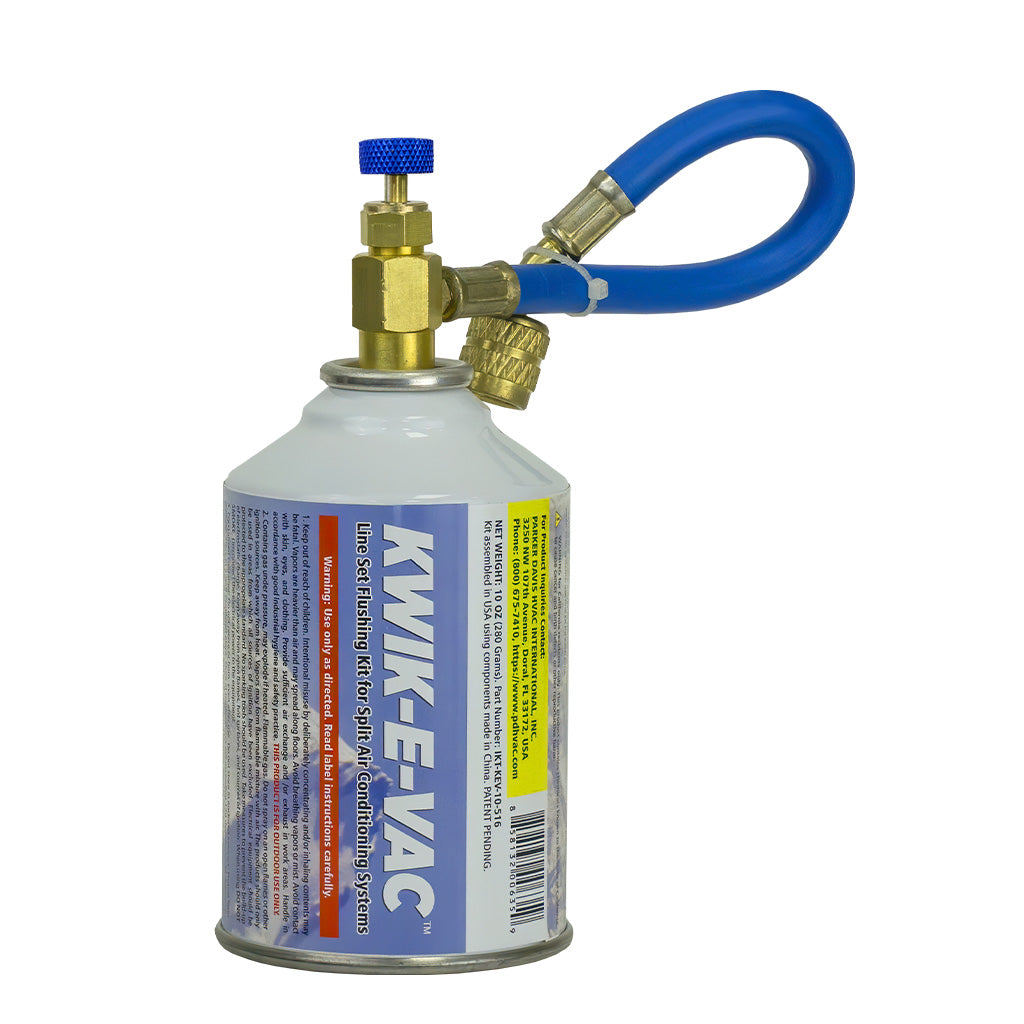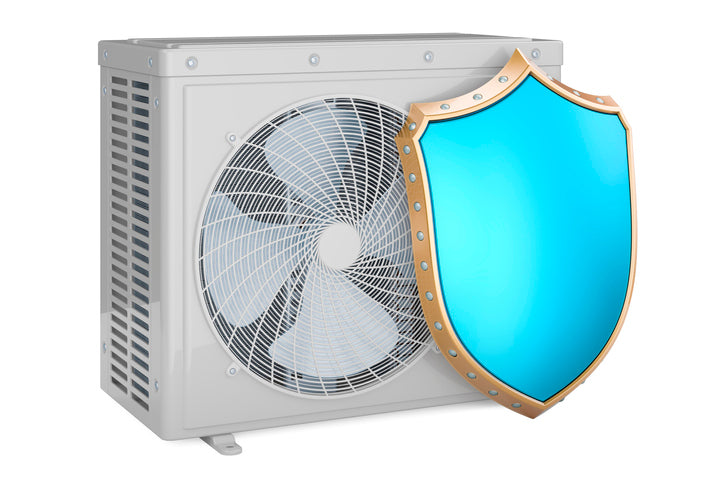Tips for Choosing a Mini Split System for an Older Home

For some homeowners and residents living in older homes, achieving modern comfort can often be challenging due to unique architectural features, varying room sizes, and outdated heating and cooling systems. Mini-split systems have emerged as an ideal solution for these residences, offering flexibility and ease of installation.
Selecting the right mini-split system for an older home requires careful consideration due to the unique challenges such homes often present. These practical tips for choosing a mini-split system for an older home can help you leverage the benefits of such energy-efficient technology.
Evaluate Structural Compatibility
Older homes often feature solid walls, high ceilings, or antique construction materials like plaster or brick that can complicate installation. Mini splits are ductless and minimally invasive, but check with a qualified contractor to ensure your home’s structure can accommodate the system. Proper installation reduces potential damage to your home and assures the system operates efficiently.
Consider Multi-Zone Capabilities
Regarding older homes’ structures, many of them often have unique layouts, with rooms that may vary in size and use. A multi-zone mini split solution allows you to independently heat or cool individual rooms, providing customized comfort without wasting energy on unused spaces.
Using a solution like the robust multi-room mini split air conditioner manufactured by Pioneer Mini Split gives you greater flexibility in maintaining comfort throughout your home while reducing overall energy consumption.
Prioritize Energy Efficiency
On the subject of energy consumption, older homes often lack the insulation of modern buildings, which can increase energy use. Mini split systems with inverter technology are particularly effective because they adjust the compressor speed to maintain the desired temperature, ultimately:
- Reducing power use
- Counteracting potential energy loss
- Keeping utility bills in check
Look for Smart Features
Smart thermostats, app-based controls, and Wi-Fi integration make managing individual zones and scheduling temperature changes easier. These features can help you optimize and monitor usage for better efficiency and comfort.
Research Air Filtration Options
Older homes often have more drafts or dust, which can lower indoor air quality. Seek out systems with advanced air purification or filtration to remove allergens and particles from the air. HEPA or multi-stage filtration systems are particularly beneficial.
Understand Maintenance Requirements
Mini split systems require regular maintenance to function efficiently. You should regularly clean or replace filters and monitor refrigerant levels. Easy maintenance simplifies long-term care and minimizes repair costs.
By carefully considering these factors and adhering to these tips for choosing a mini split system for an older home, you can select the solution that provides comfort and efficiency while preserving the character and integrity of your older home.







